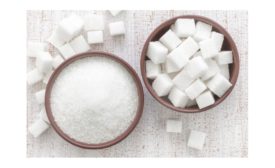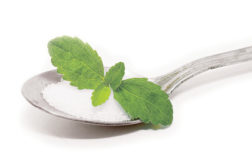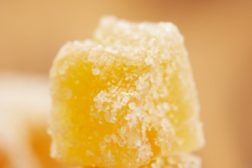Home » Keywords: » high fructose corn syrup
Items Tagged with 'high fructose corn syrup'
ARTICLES
Replacing Corn Syrup For A ‘Cleaner’ Label
Unlike many food items that use corn syrup to stretch the product and reduce cost, corn syrup in candy is highly functional.
January 19, 2016
Sweeteners
Sweetening Consumers’ Candy Choices
Ongoing debate about sugar intake sparks renewed interest in sugar-free, reduced-sugar confections.
May 15, 2014
Sweeteners: Sweetening Consumers’ Candy Choices
Ongoing debate about sugar intake sparks renewed interest in sugar-free, reduced-sugar confections.
January 23, 2014
High fructose corn syrup can’t have it both ways — either it’s a sugar or it isn’t
Candy makers shouldn’t be able to claim “less sugar” by adding HFCS.
November 20, 2013
High Fructose Corn Syrup
‘Real World’ study finds neither sugar nor HFCS increase liver fat
Findings bolster arguments that sweeteners are metabolically equivalent.
February 13, 2013
Get our new eMagazine delivered to your inbox every month.
Stay in the know on the latest snack and bakery industry trends.
SUBSCRIBE TODAY!Copyright ©2024. All Rights Reserved BNP Media.
Design, CMS, Hosting & Web Development :: ePublishing











